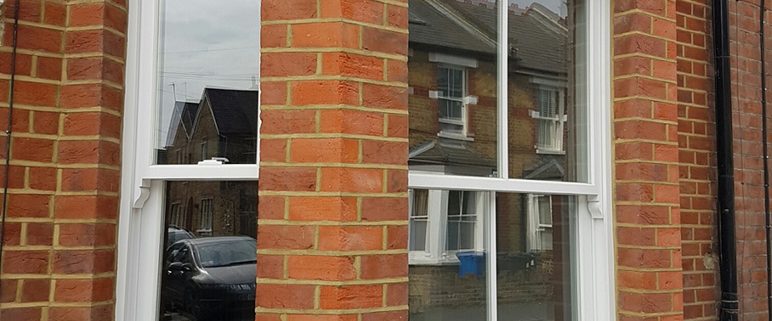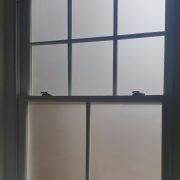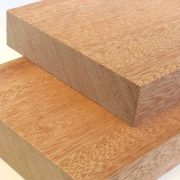Timber Windows with Argon
Why Are Double-Glazed Windows Filled with Argon?
When it comes to energy efficiency, windows are notoriously vulnerable. Given a chance, they’ll drain the heat out of your home and into the great outdoors, far faster than brickwork and doors.
Thankfully, certain types of Timber window offer considerable protection against this loss of heat. Of these, the most widespread is Double Glazing, which features in a majority of homes in the United Kingdom. It works by placing two panes of glass parallel to one another in the frame – an arrangement which helps to impede the flow of heat from one side of the Timber window to the other.
Inert gases like argon, krypton and xenon are more often used by manufacturers today. Each offers considerable improvements in thermal efficiency and noise reduction.
What is Argon?
‘The chemical element of atomic number 18, an inert gaseous element of the noble gas group. Argon is the commonest noble gas, making up nearly one per cent of the earth’s atmosphere.’
It is therefore amazing that it was not discovered until 1894, the technology was simply not available before then. Now we do know it exists it is very useful, Argon is non-reactive so it is a perfect element when really high temperatures are required such as with welding, when you look in a light bulb it looks like there’s nothing there, but in fact you are looking at Argon it is non-toxic, colourless, odourless and chemically inert.
Argon is heavier than air, and so provides superior insulation and sound-proofing characteristics. It’s also far more resistant to the formation of condensation, and will corrode the surrounding window far less than its equivalents – particularly at the bottom of the window, where condensation tends to start forming.
If you’re looking to upgrade your existing windows, an argon filled double-glazed replacement makes a sensible choice.


















Good source of information about timber windows. This one is very helpful.